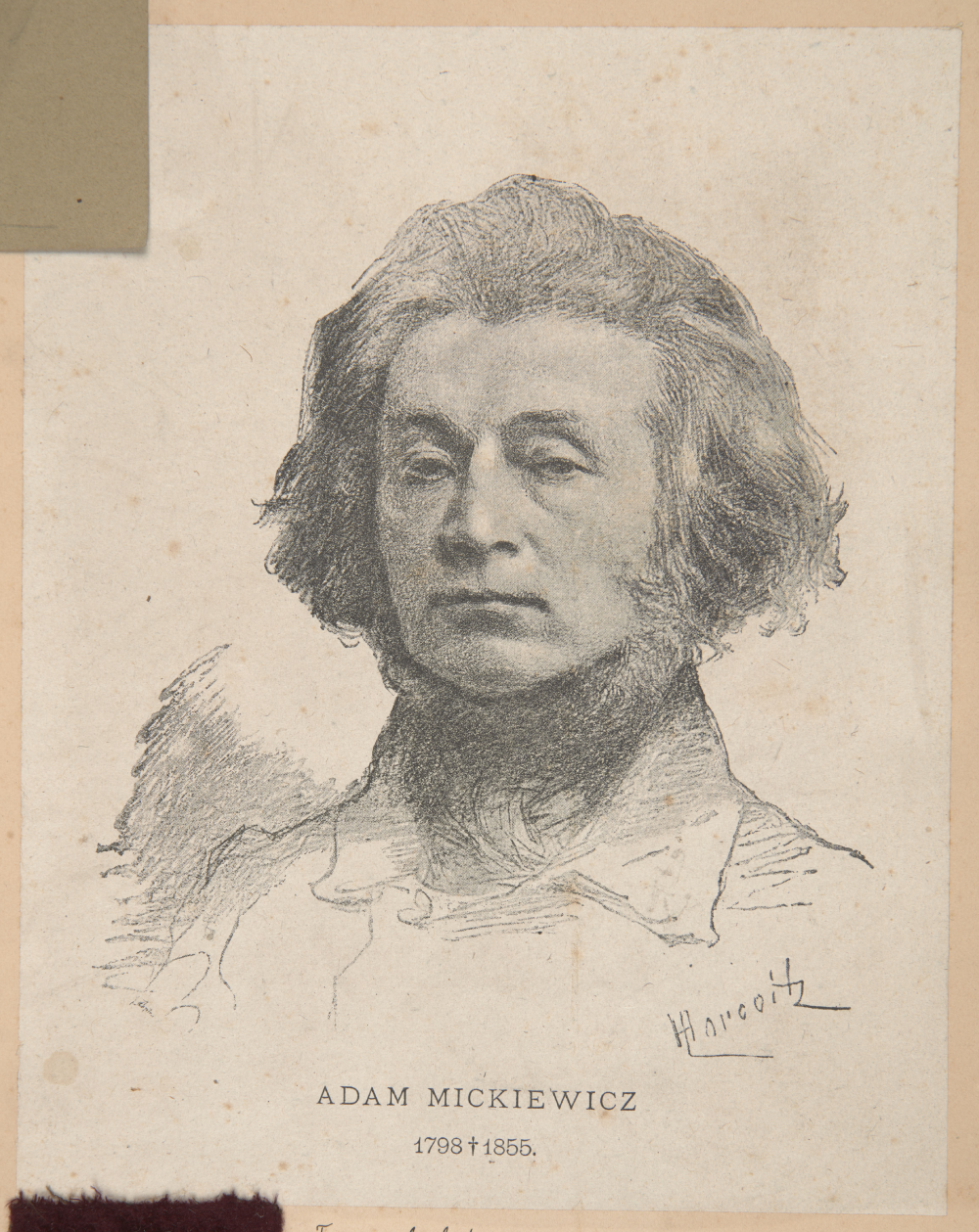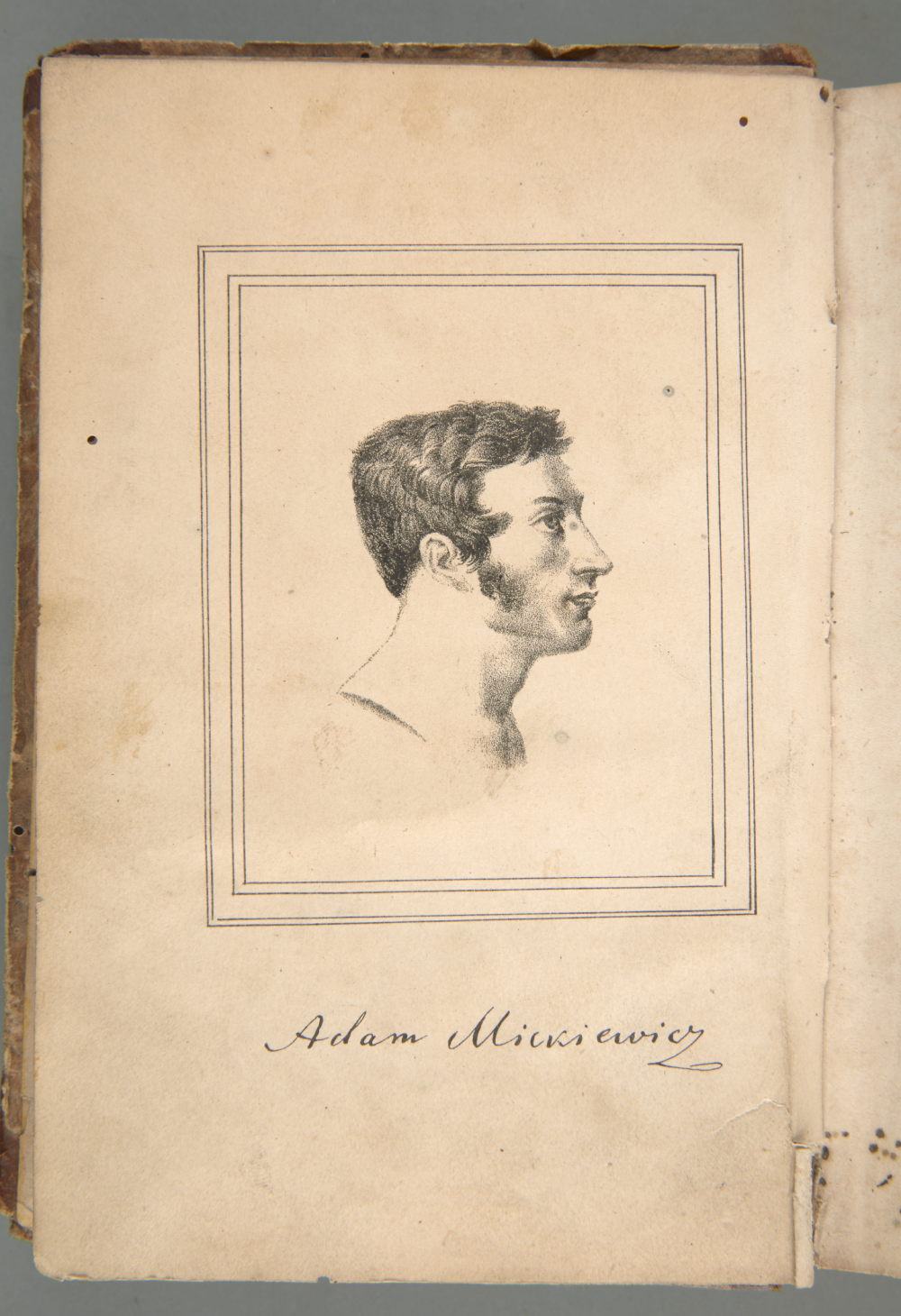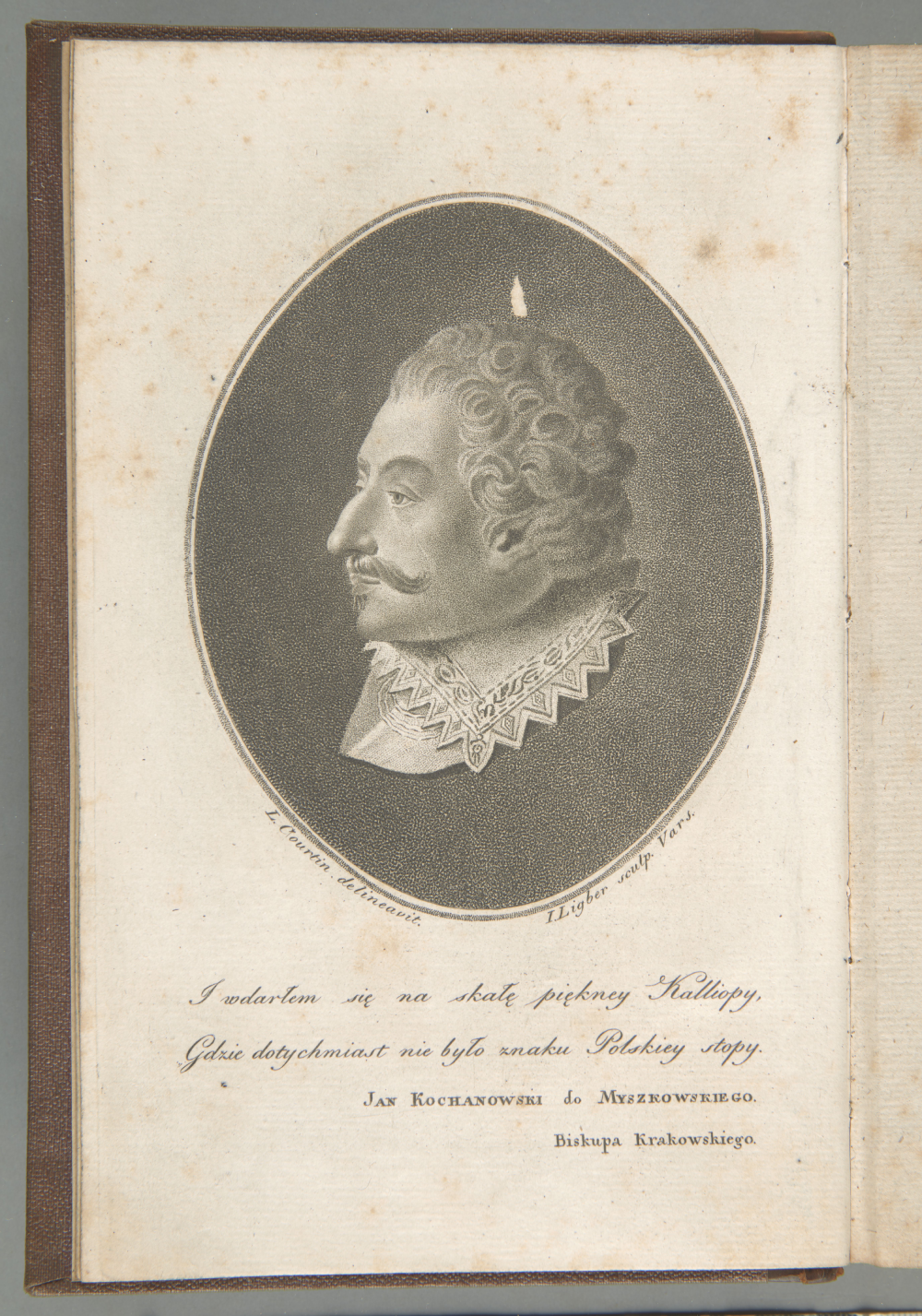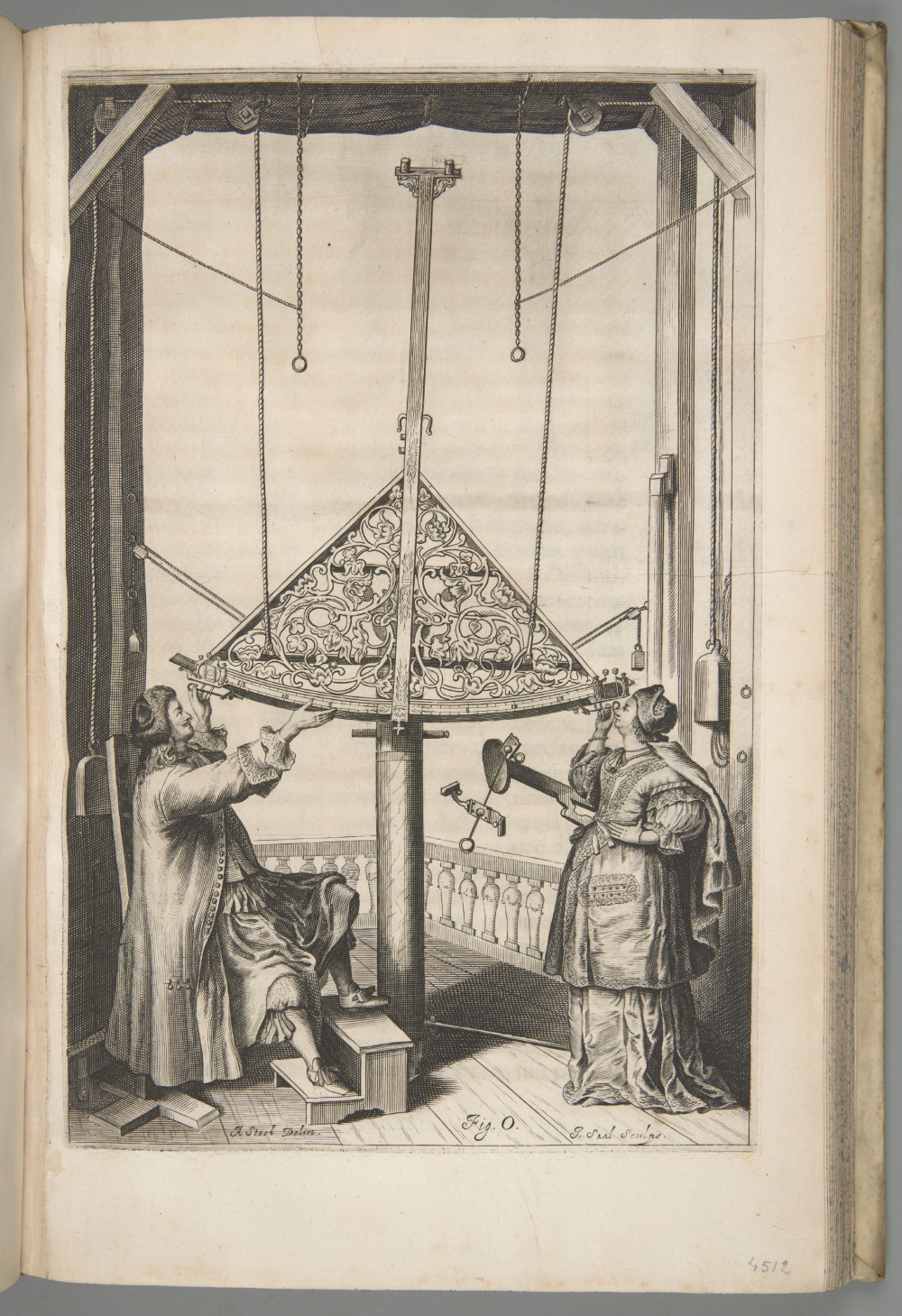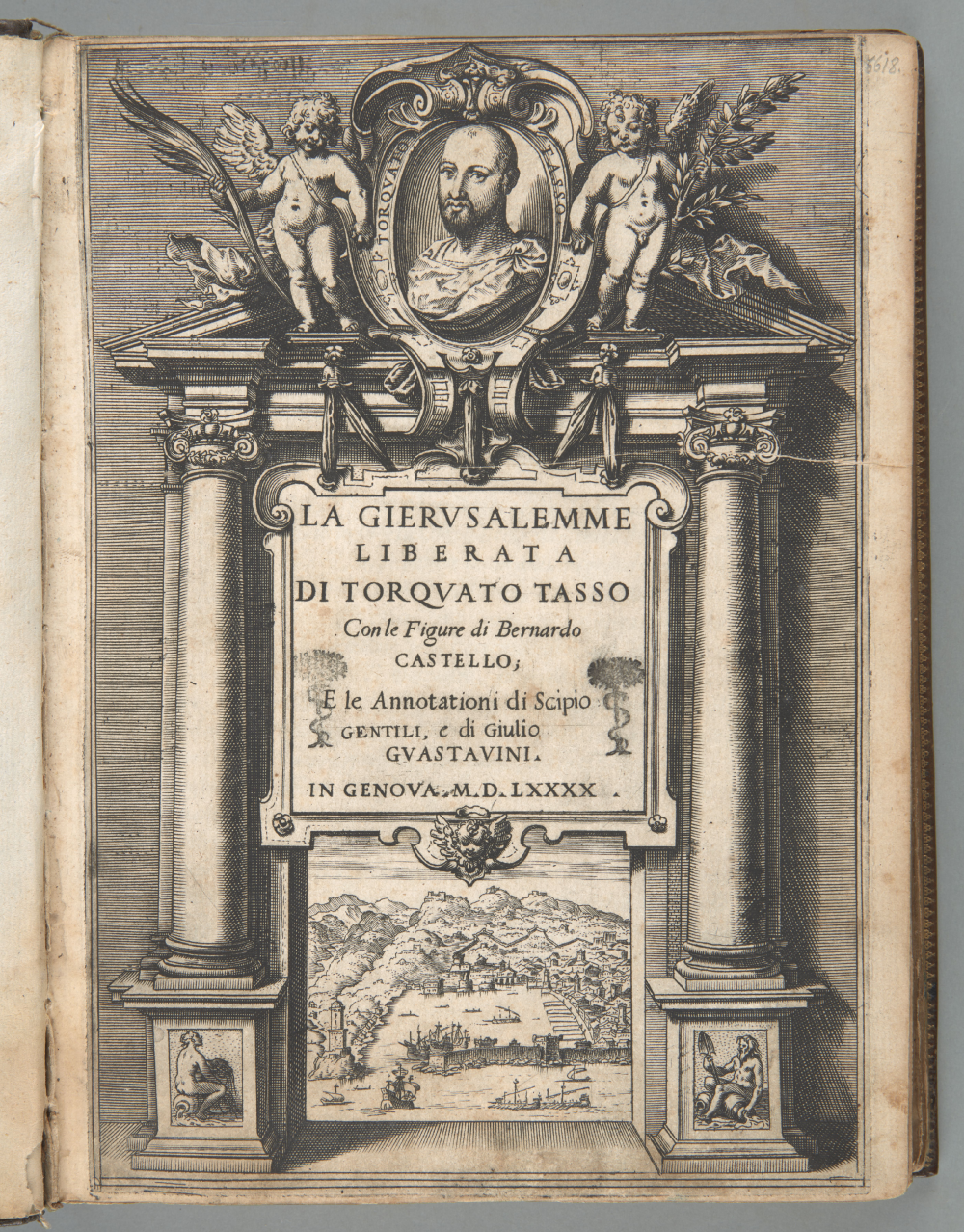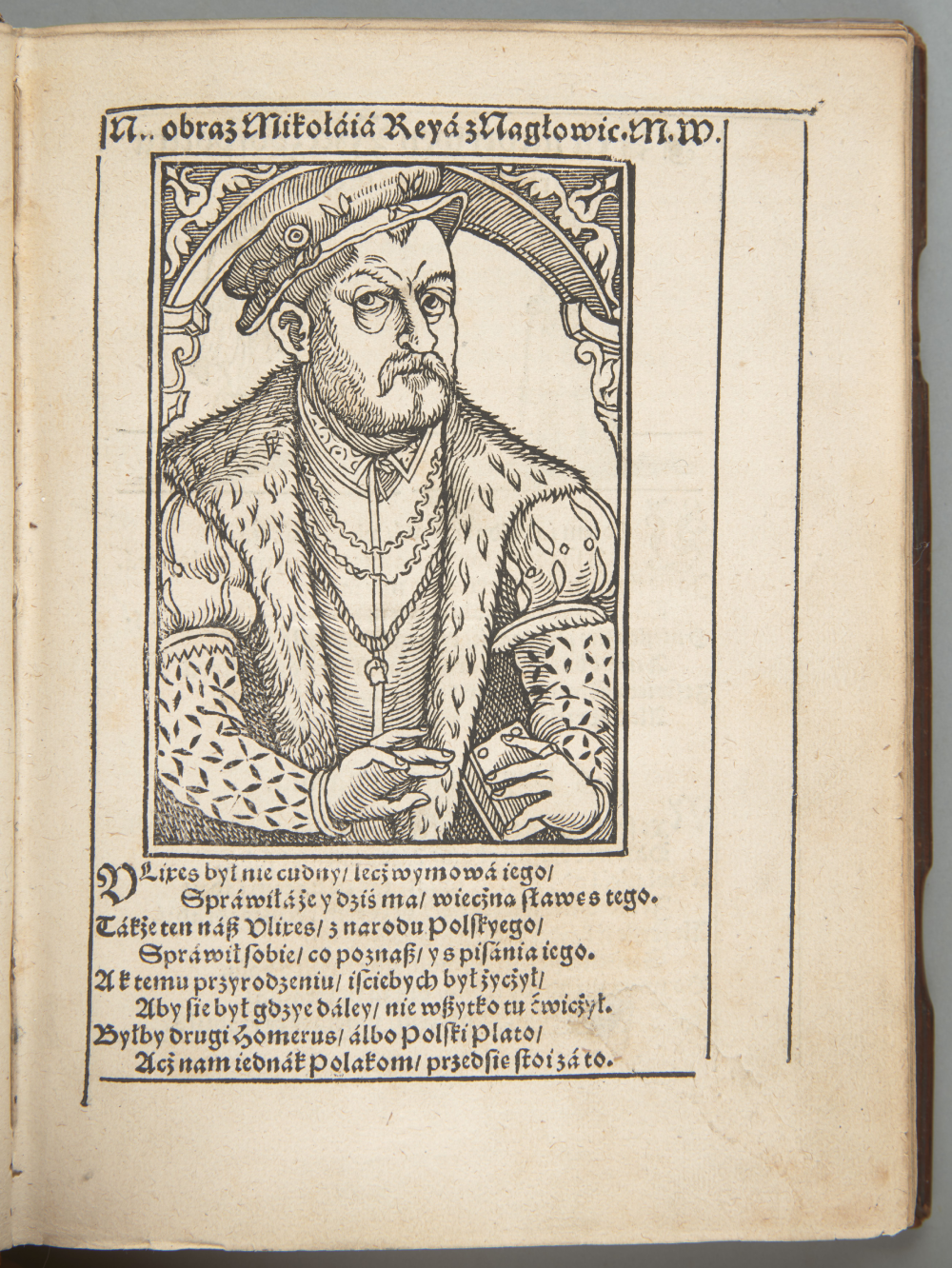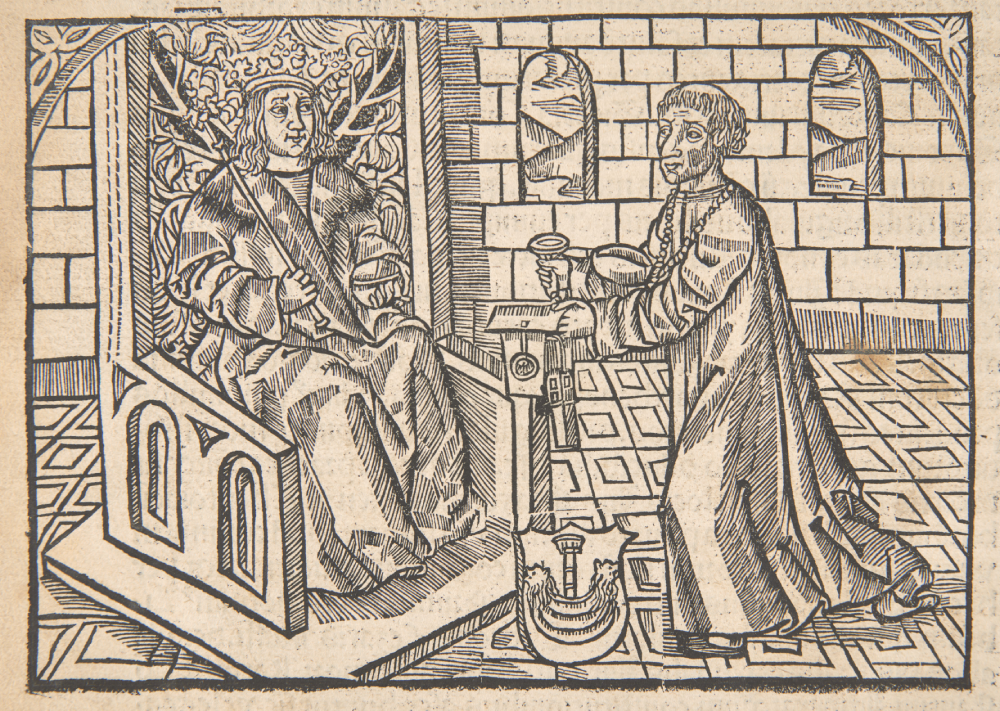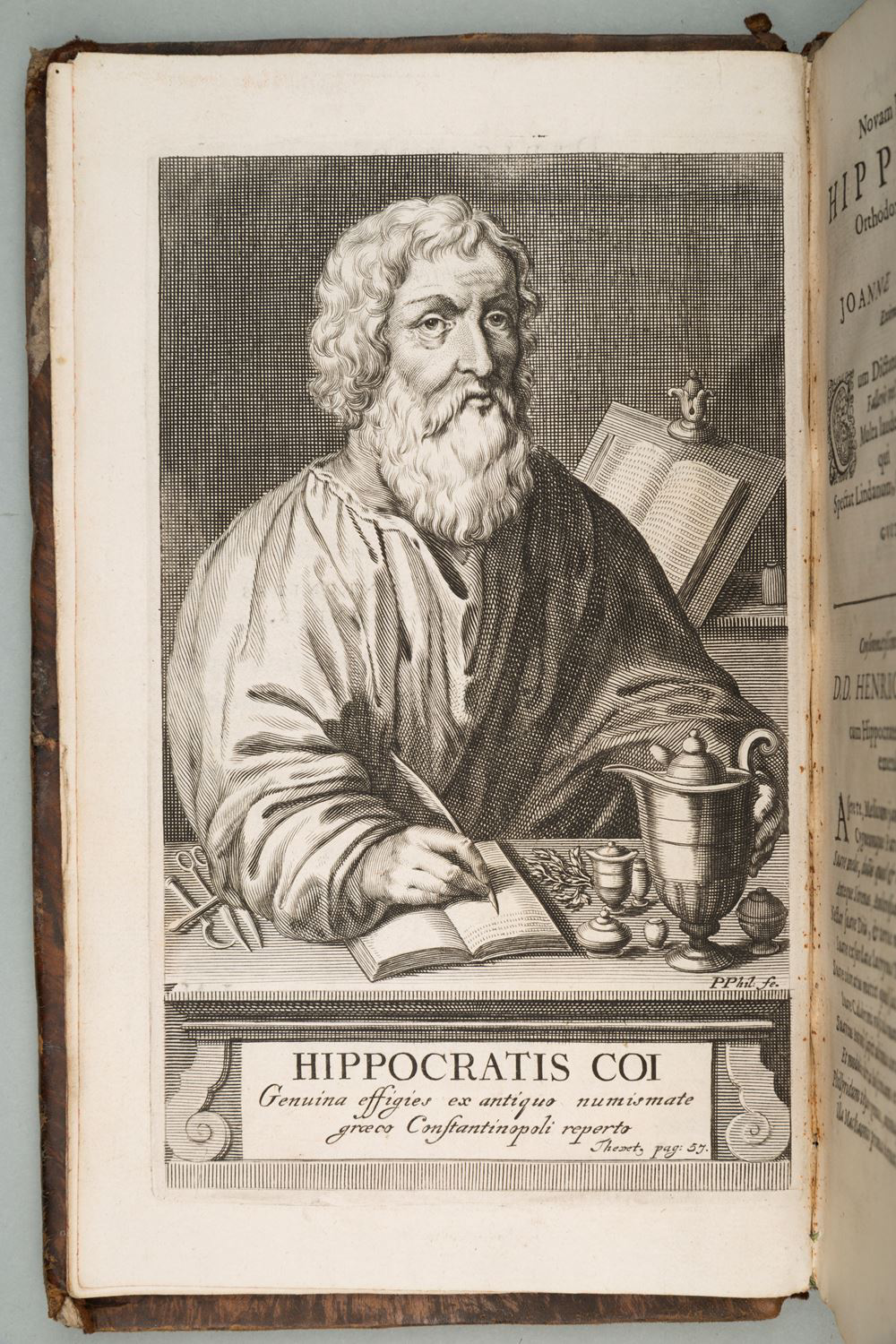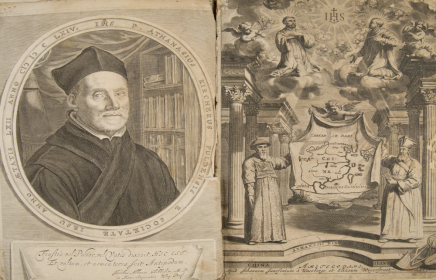
Woodcut portrait of Mikołaj Rej from the Krakow edition of Zwierzyniec (Bestiary) of 1574, and the lithograph bust of Adam Mickiewicz from the Warsaw edition of Poetry of 1833 – these and other portraits of wordsmiths are shown at the exhibition devoted to the images of authors and their works.
It features 73 old books, 5 atlases and 14 maps from the National Museum in Krakow's collection, published between the sixteenth and nineteenth century. The pages of these books show portraits of writers, poets and scholars from Poland and different European countries, active since antiquity until the nineteenth century. The displayed items include the works of authors that are still known and admired today, such as the great ancient Greek and Roman poets Homer and Virgil, but also works that have been forgotten, just like the names of their authors.
Do we remember the faces, or later images of the greatest authors, whose contribution to the development of literature, science, culture and religion is unquestioned? It is worth looking at people who made a living out of writing: poets, writers, Catholic Church saints and remarkable religious reformers, great scholars of different areas – astronomers, historians, geographers and cartographers, medics and travellers. One of the portraits shows Mikołaj Krzysztof "the Orphan" Radziwiłł, who described his eventful trip to the Holy Land that took place between 1582–1584.
When looking at the woodcuts, copperplate engravings, etchings and lithographs with effigies, we try to find their hidden truth about the authors and the times in which they lived and created. The authors portrayed are shown not so much through the prism of their works, as through their physicality, reflecting their real or imaginary appearance. Often, these images were complemented with additional biographical data, such as age, or with poems praising the author's masterpieces, whilst an item affixed to the portrait symbolised their profession, and a coat-of-arms testified to their aristocratic background. Sometimes we find author's images on decorative title pages, for example
the medallion bust of the famous Italian poet Torquato Tasso, surmounting the architectonic frame surrounding the title of a beautiful edition of his epic poem Jerusalem Delivered
of 1590. Some prints show the author during work, like in the case of Erasmus
of Rotterdam, the famous Dutch humanist, shown while writing with a quill surrounded by books, or Jacob de Wilde, a Dutch collector of antique coins, gems and medals, living in the 17th century and at the beginning of the 18th century, presented with old coins in hand against the background of a library.
The figure of Johannes Hevelius, a 17th-century Gdańsk astronomer, is shown in a magnificent copperplate engraving portrait, made by Jeremias Falck, a great engraver of that time. This copperplate was placed in Hevelius' 1647 work describing the moon. We can also see the astronomer with his wife, doing astronomical observations and measurements together in an observatory built by Hevelius on the roofs of his tenement houses. The couple are presented on a copperplate engraving in Machina Coelestis, Hewelius' work of 1673.
Portraits could also misguide readers. Such is the case of Jan Kochanowski's images. The most famous Polish Renaissance poet is shown unconventionally at the exhibition, by images wrongly considered his effigies.
In Bartosz Paprocki's Nest of Virtues of 1578, there is a woodcut, passing for an alleged portrait of Jan Kochanowski, whose authenticity is, however,
doubted. Whereas in two 19th-century editions of the poet's works, of 1803 and 1835, there are portraits that in fact show Piotr Kochanowski, Jan's nephew, also a poet.
Old books are not only material effects of different author's work, monuments of their thoughts, achievements and discoveries, for the first time presented in printing. Sometimes they are also a chance to get to know the author closer. Plain biographical data are given the face that also we can look at today.
Curator and coordinator of exhibition: Iwona Długopolska
The Hutten-Czapski Museum
ul. Piłsudskiego 12, 31-109 Kraków- Monday: closed
- tue : 10.00-18.00
- wednesday-sunday: 10.00-16.00
